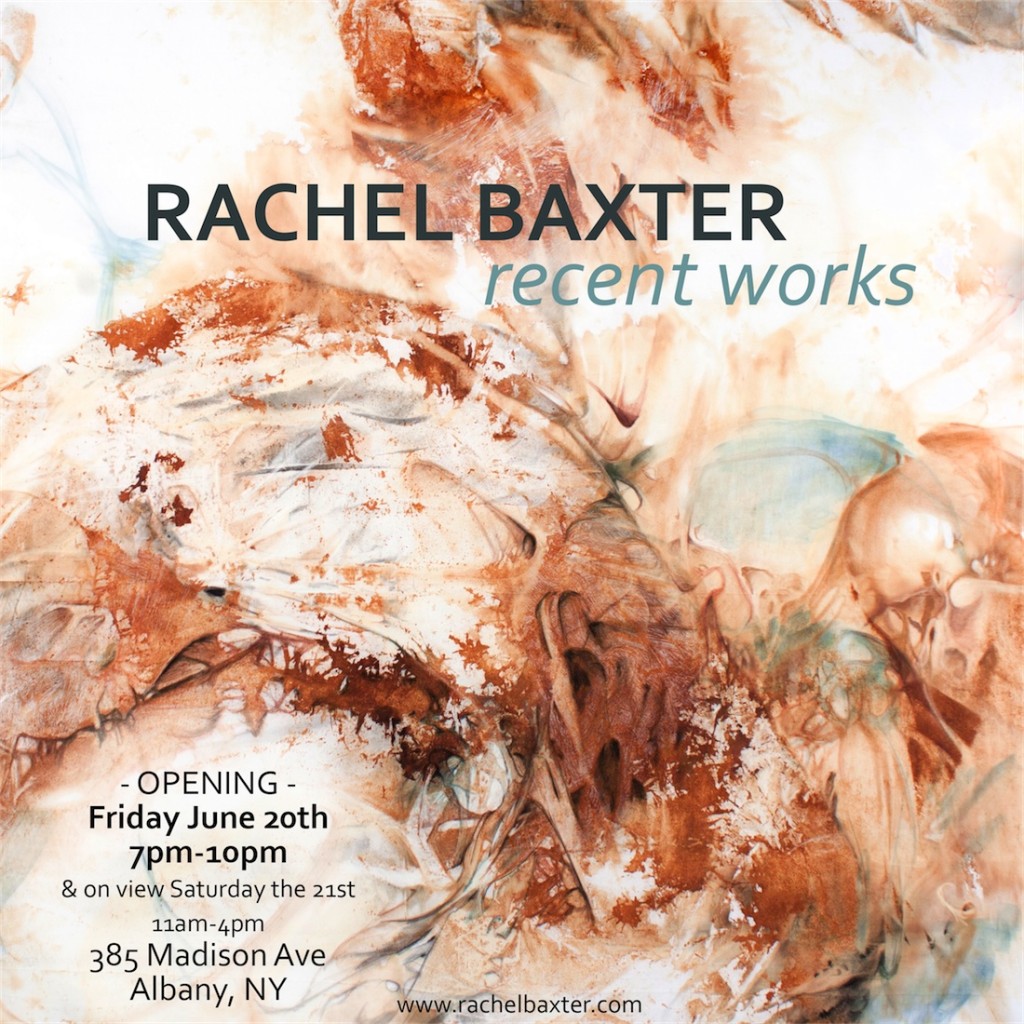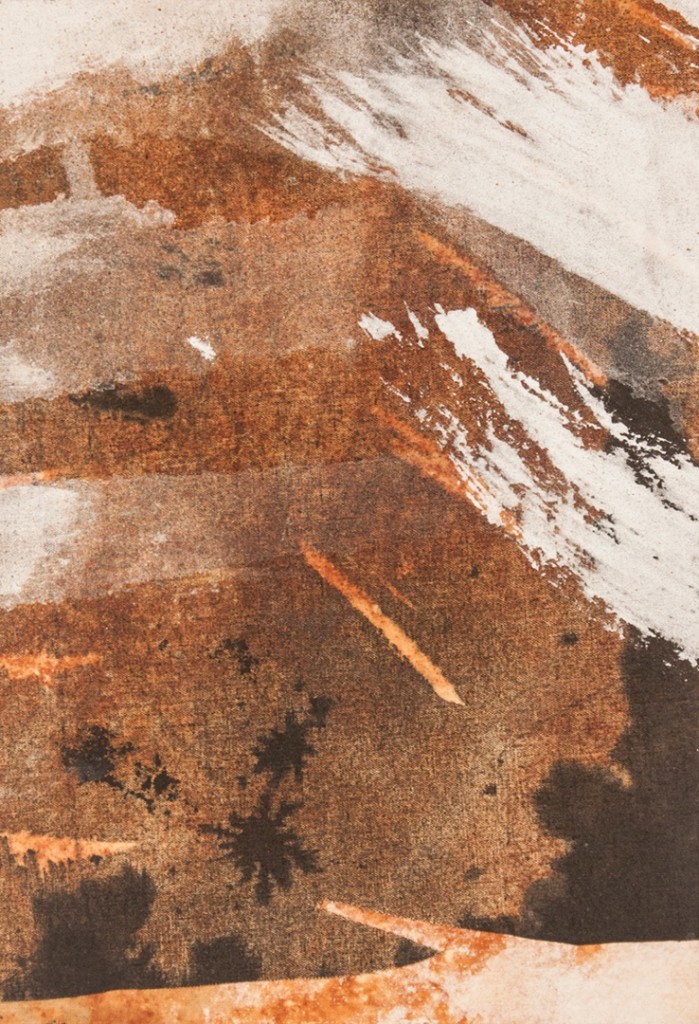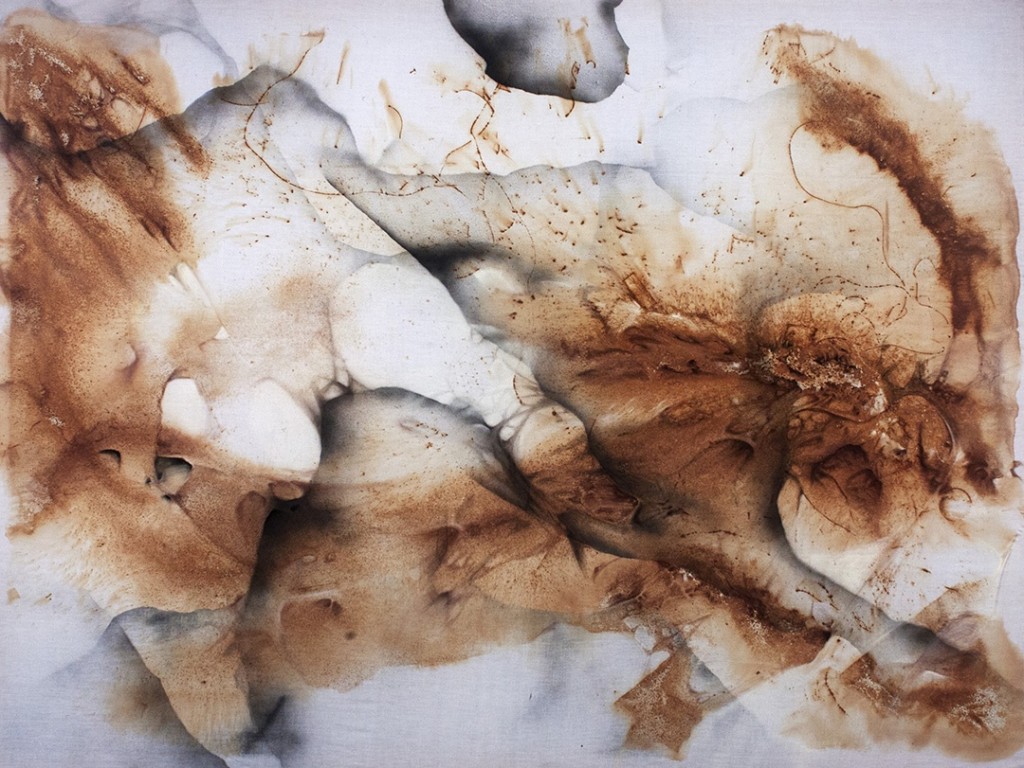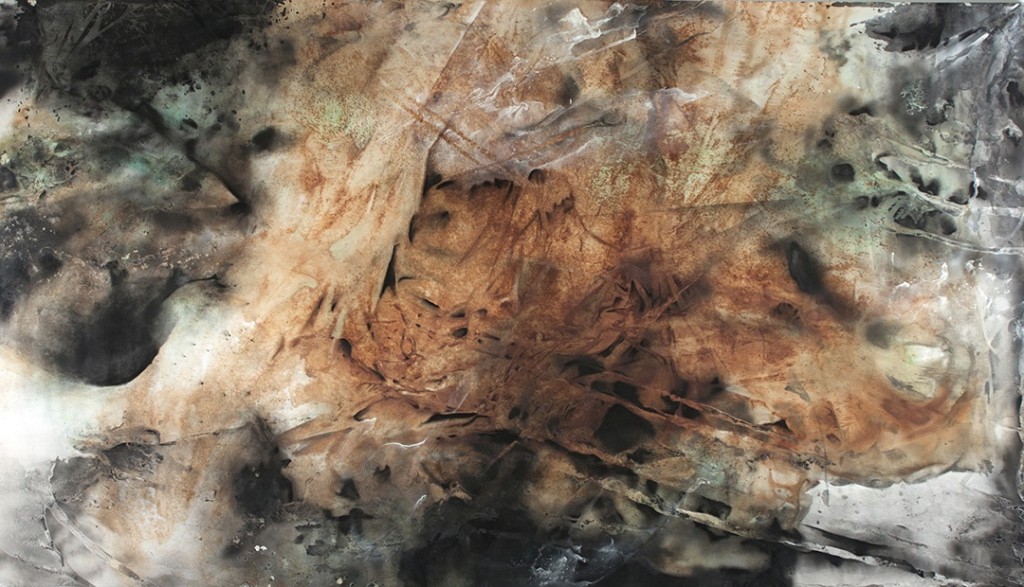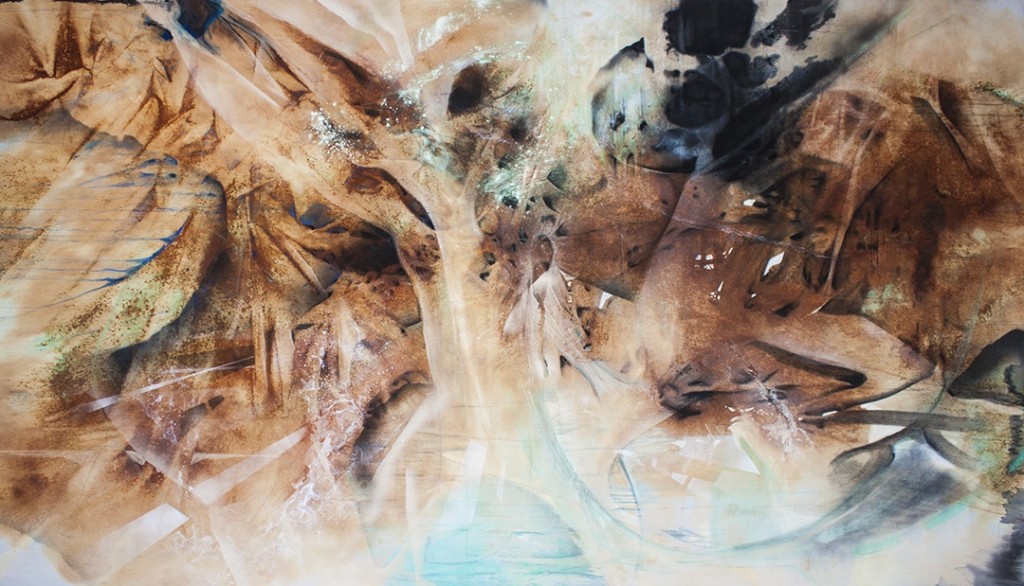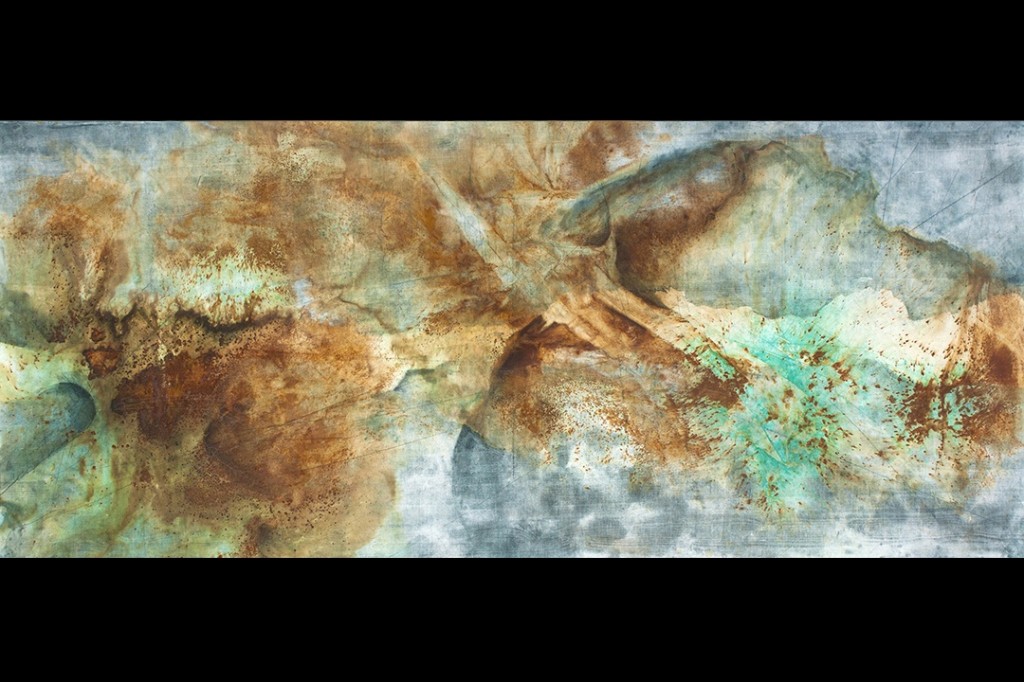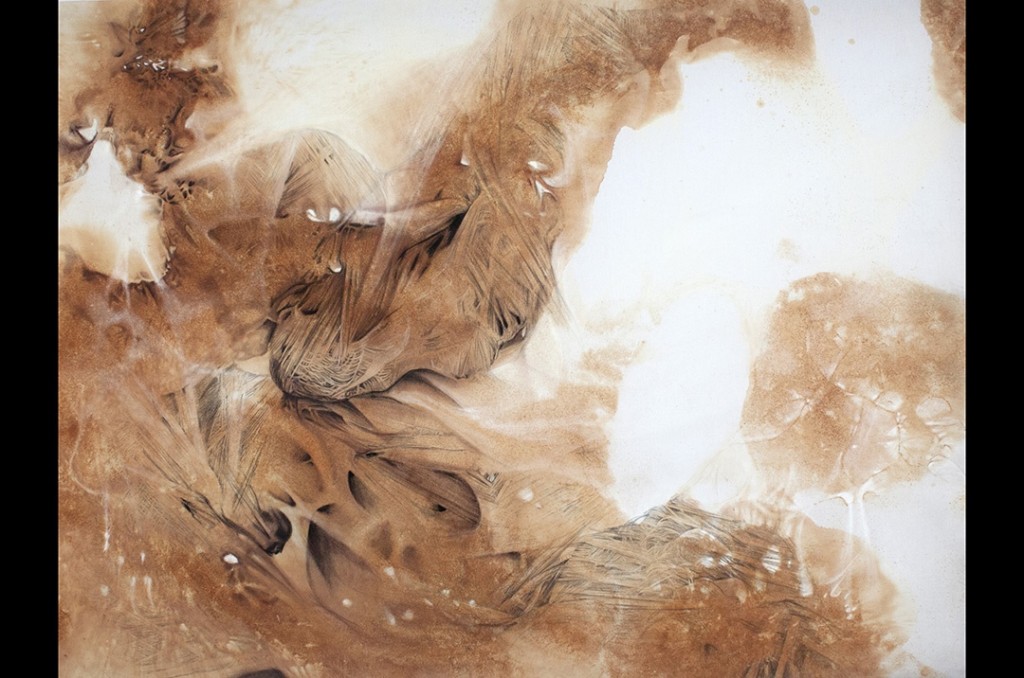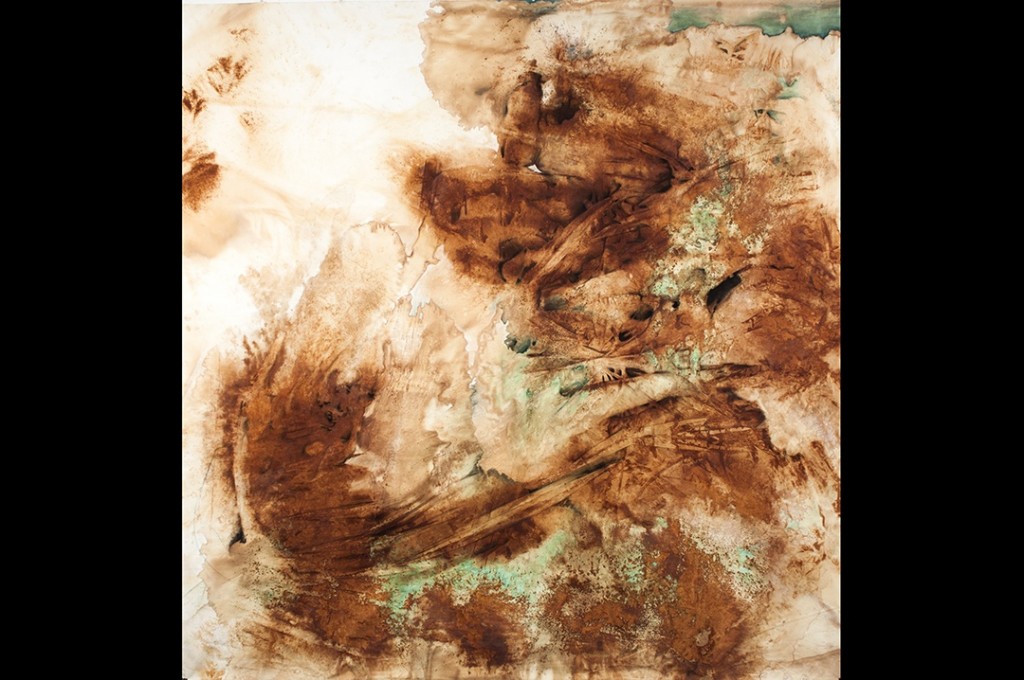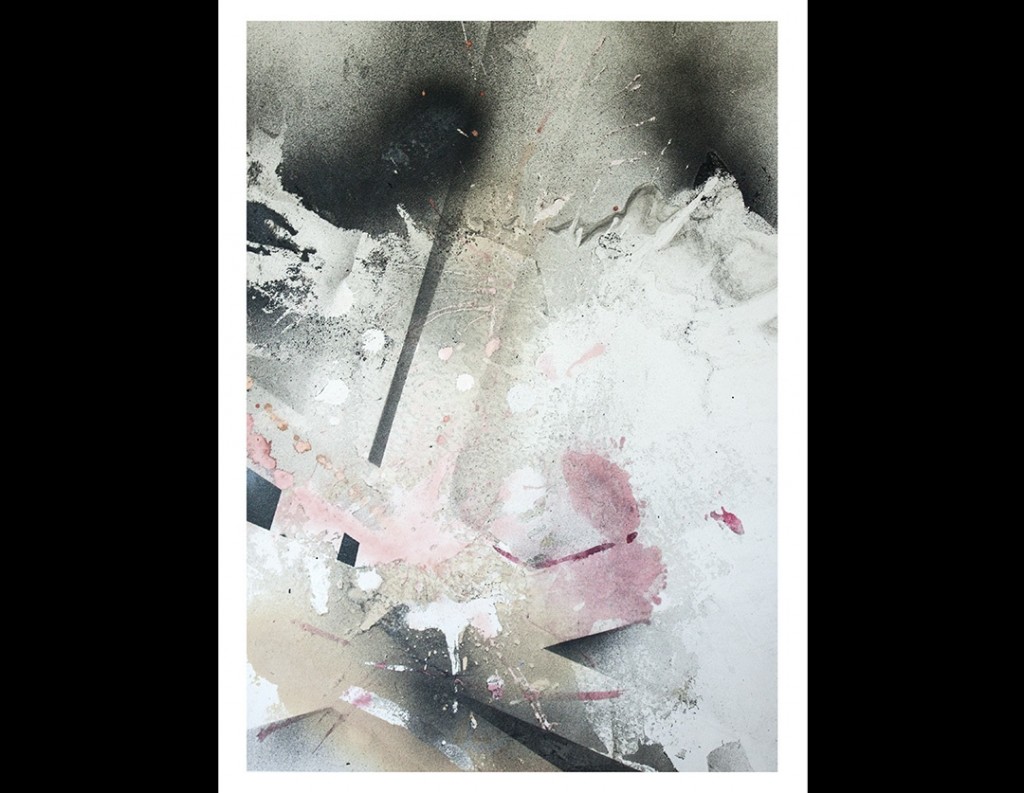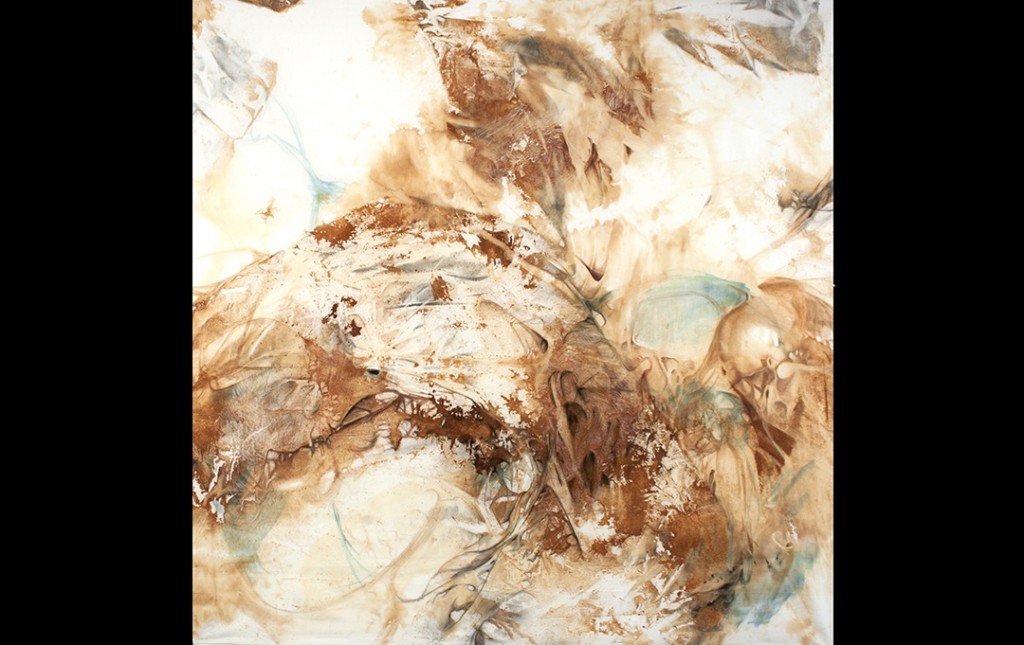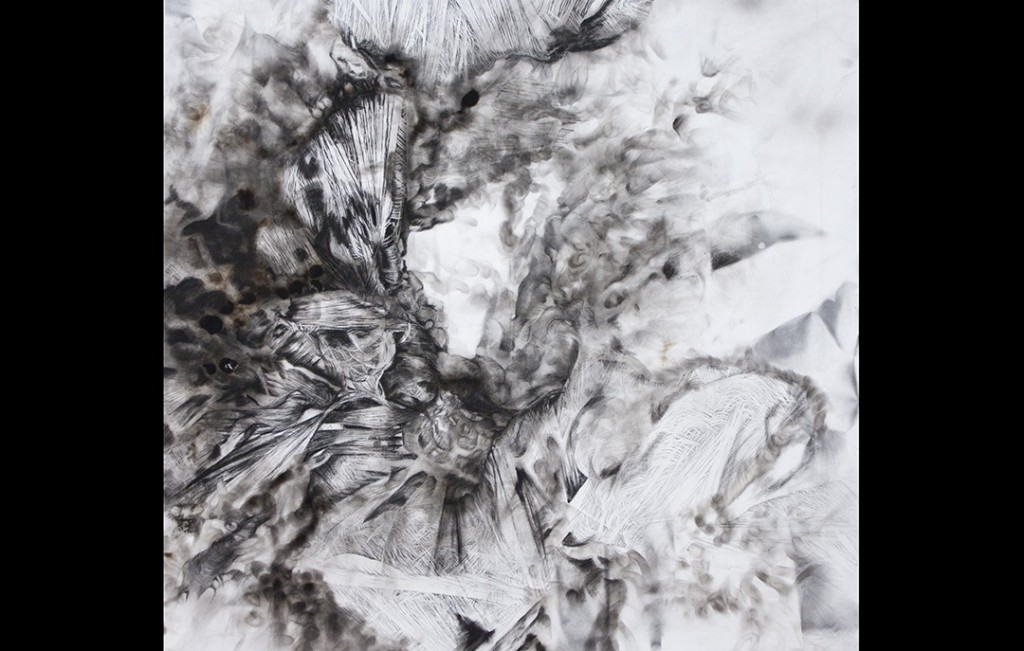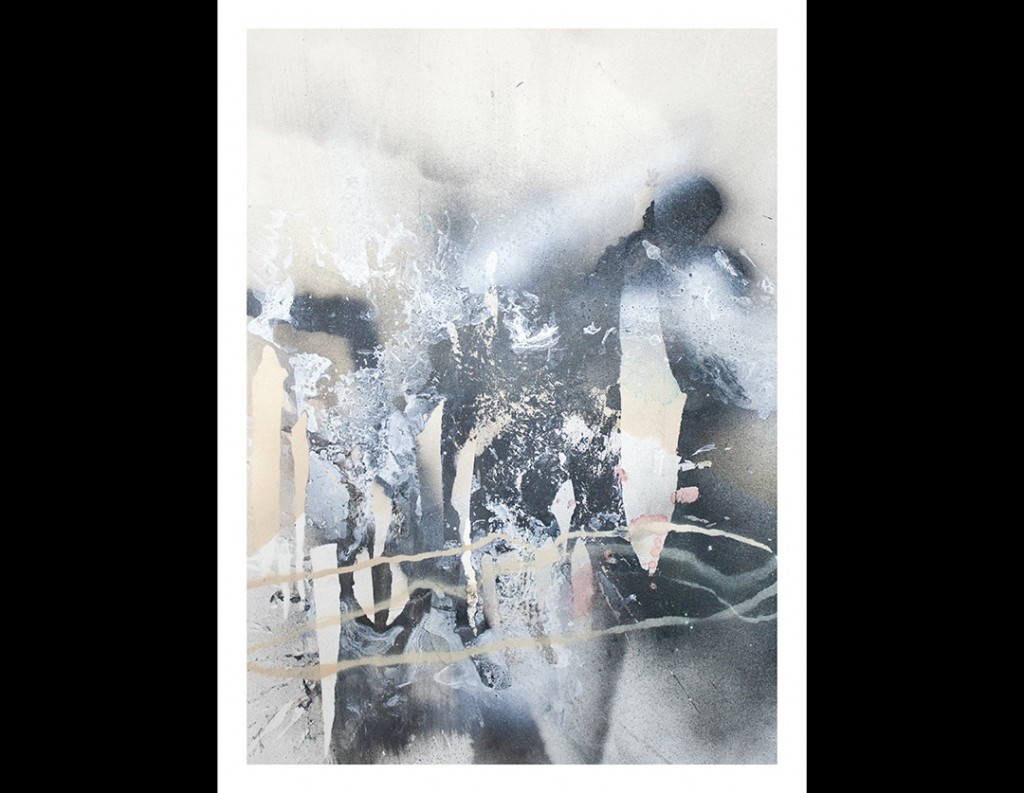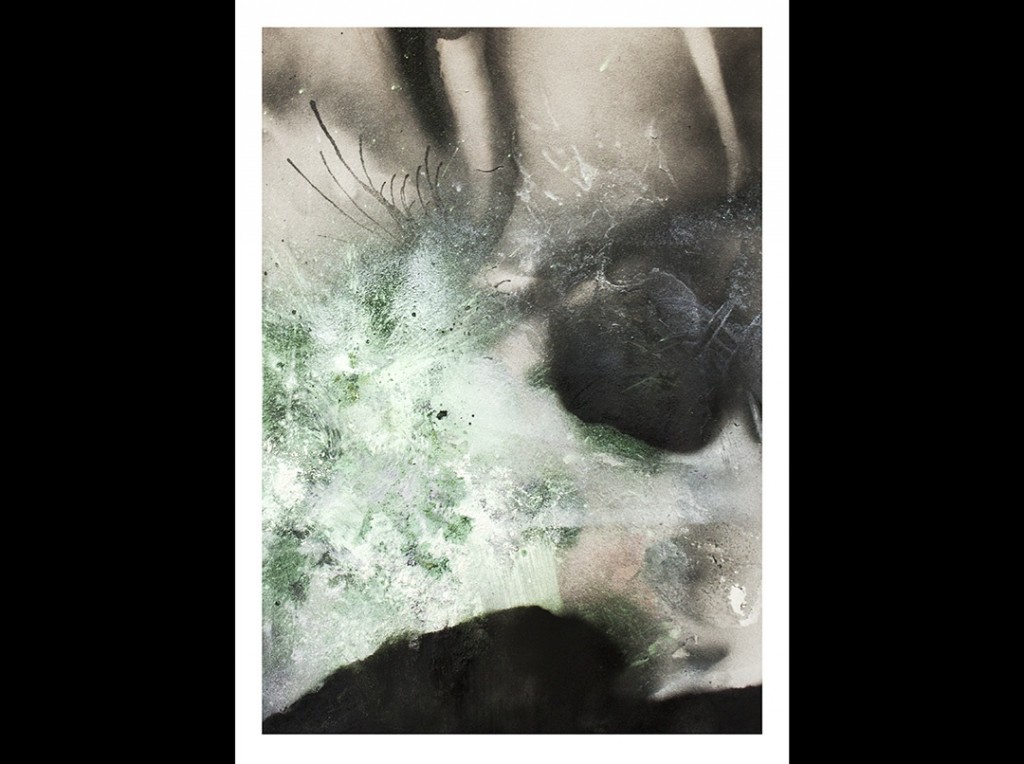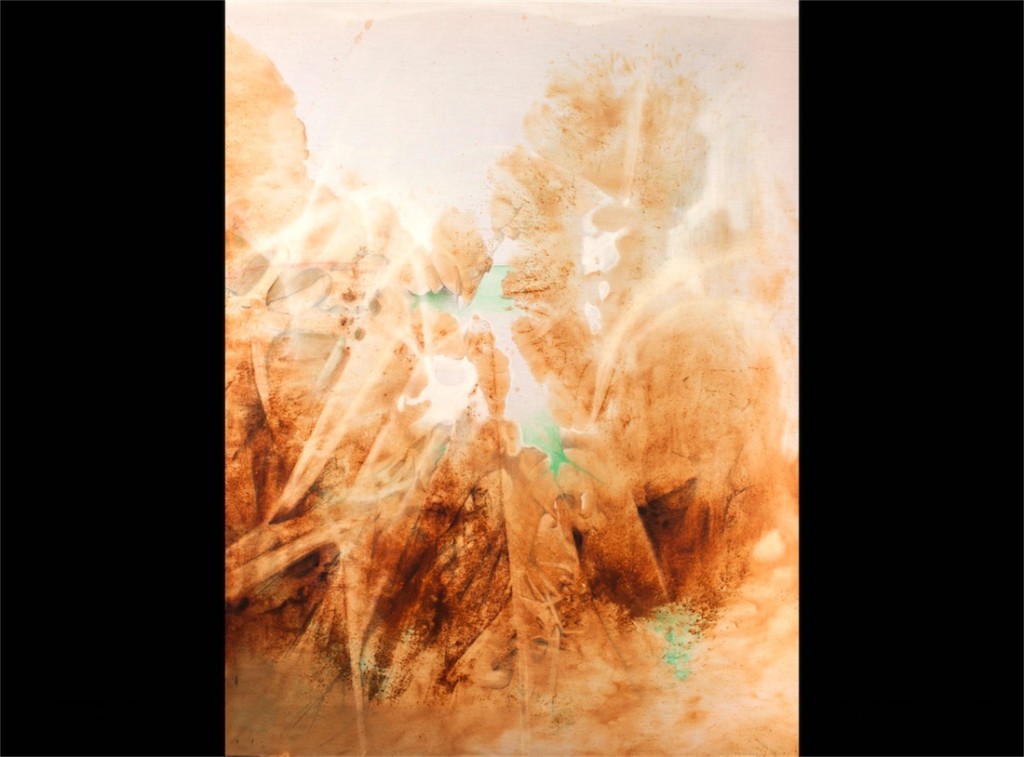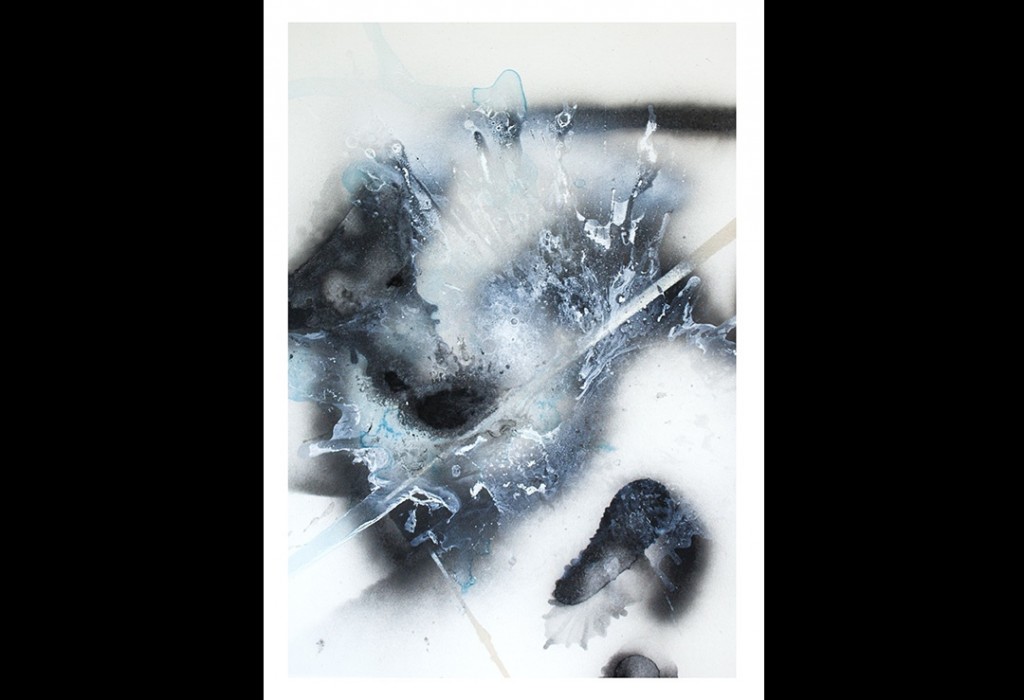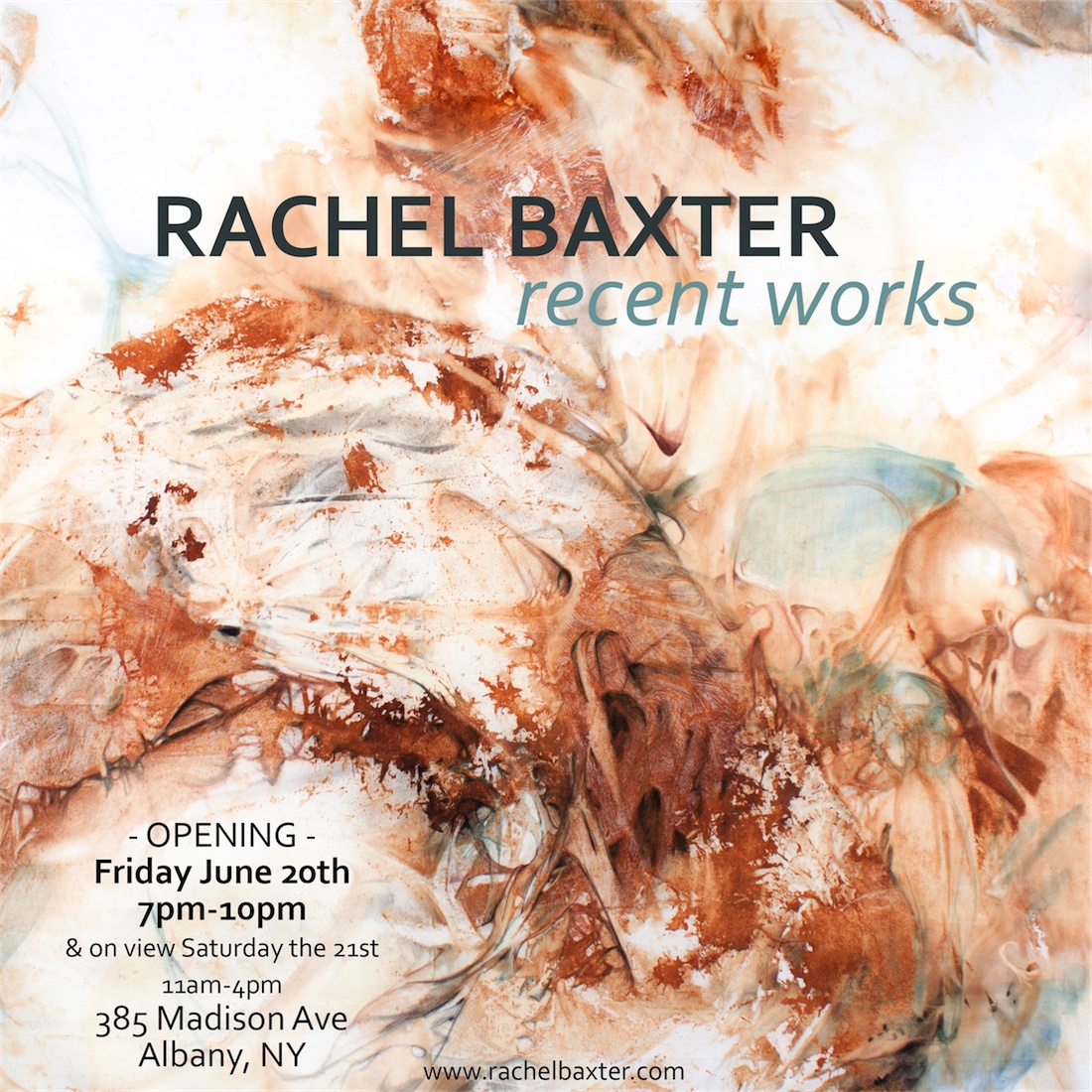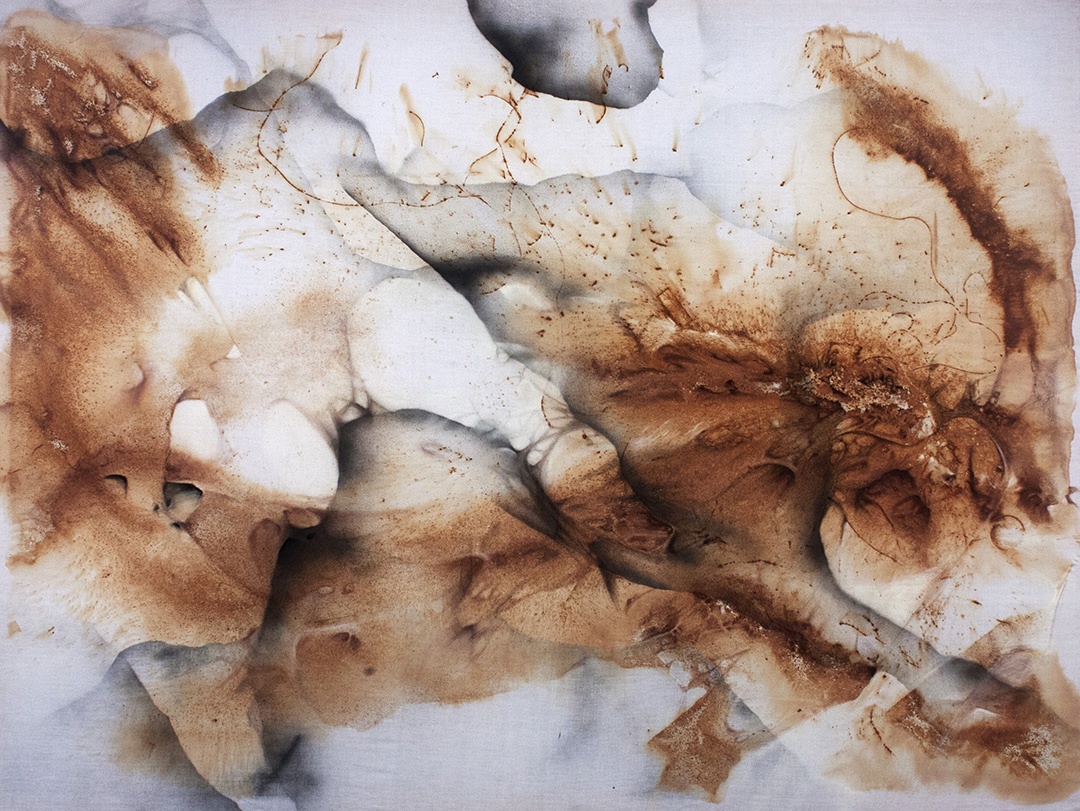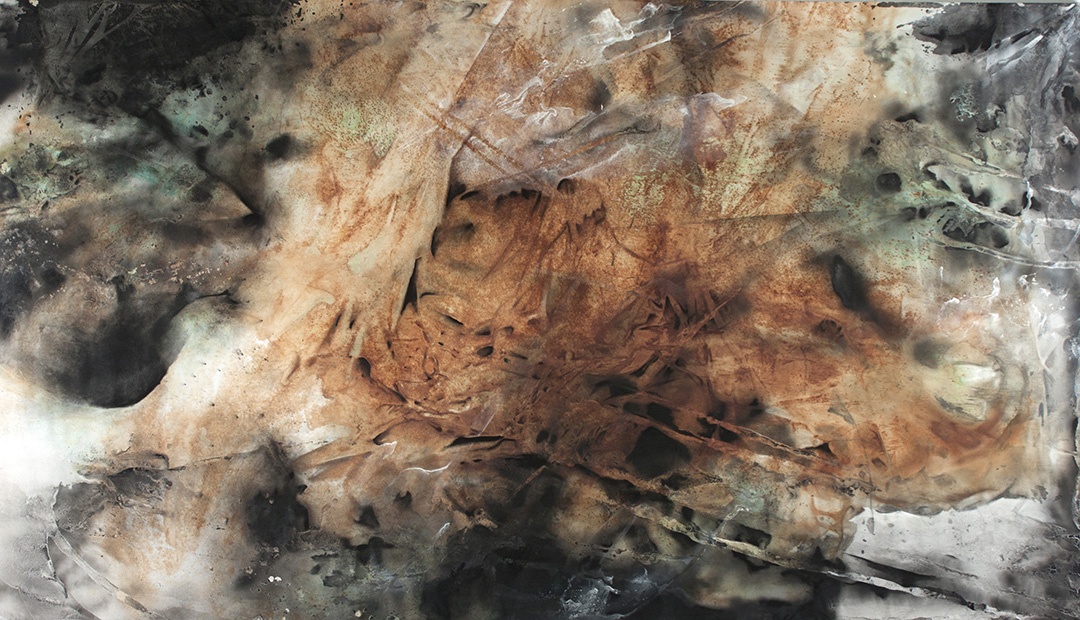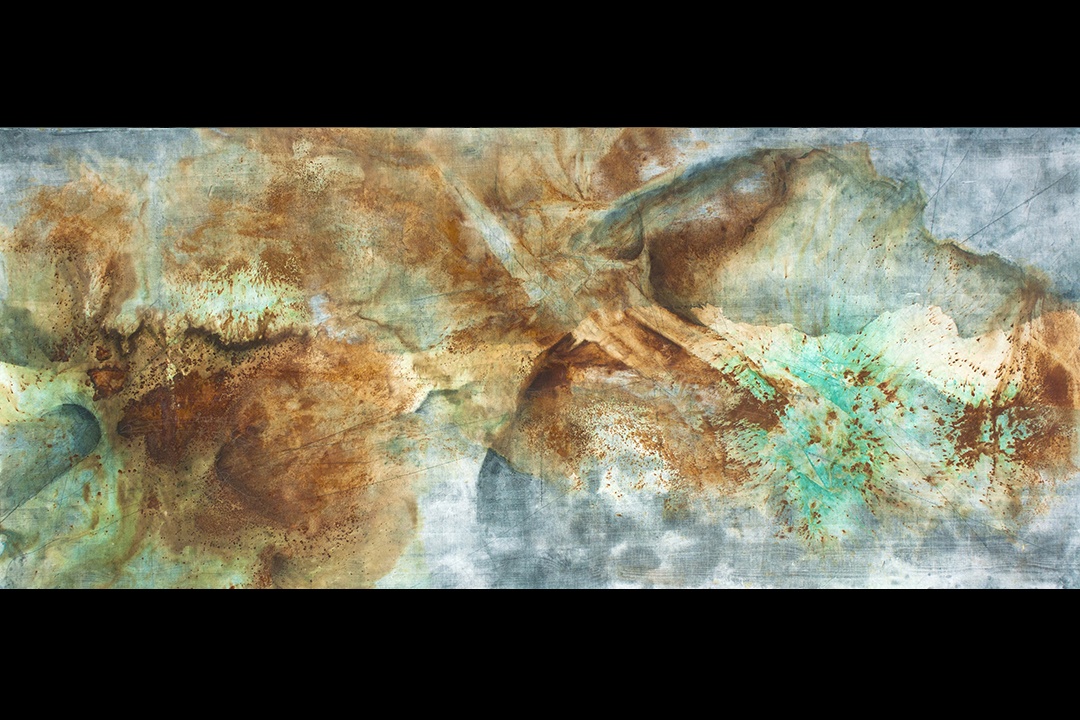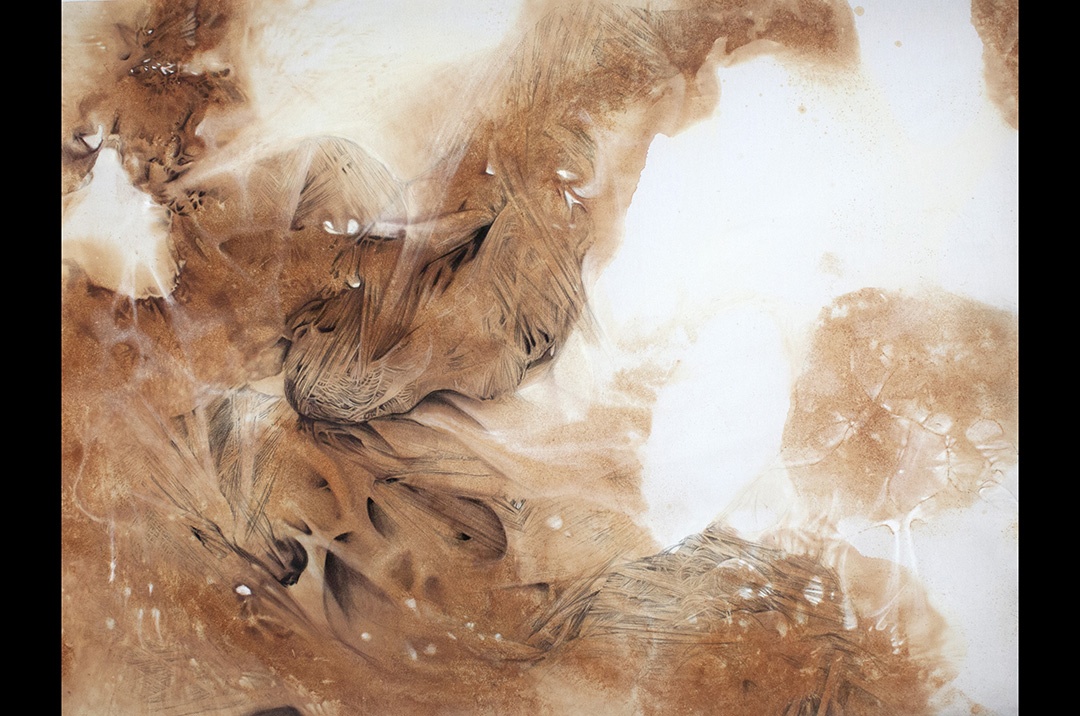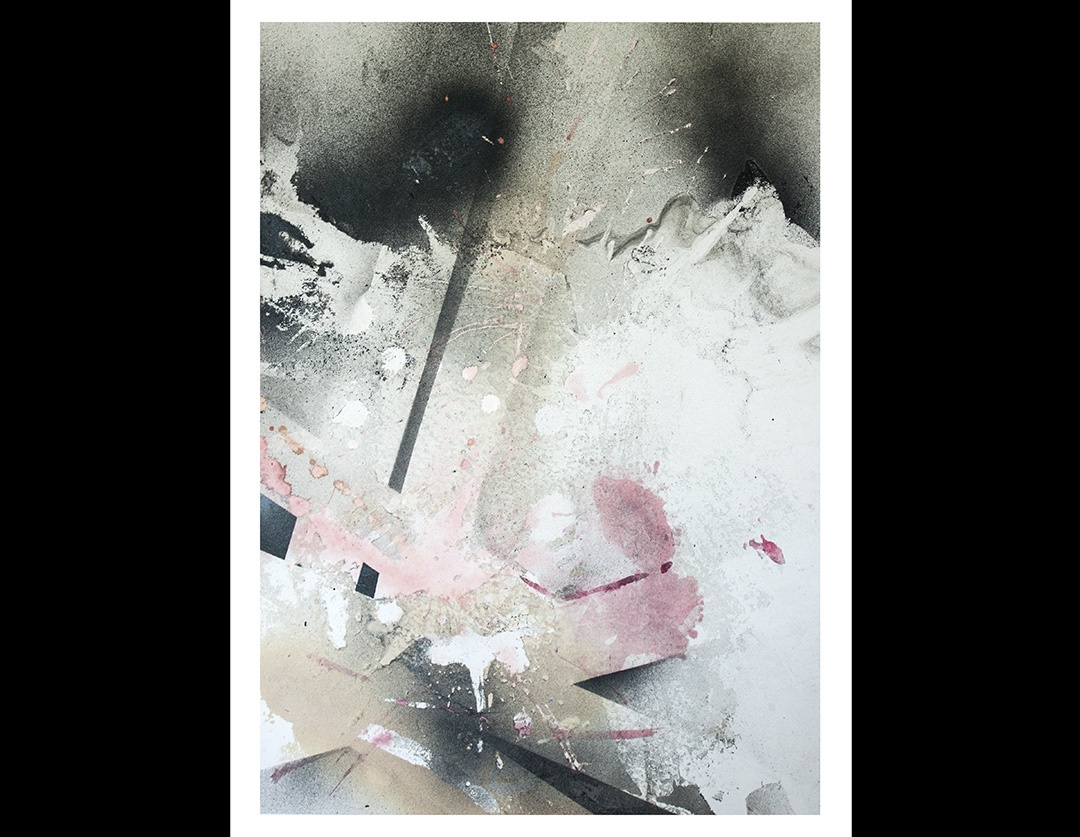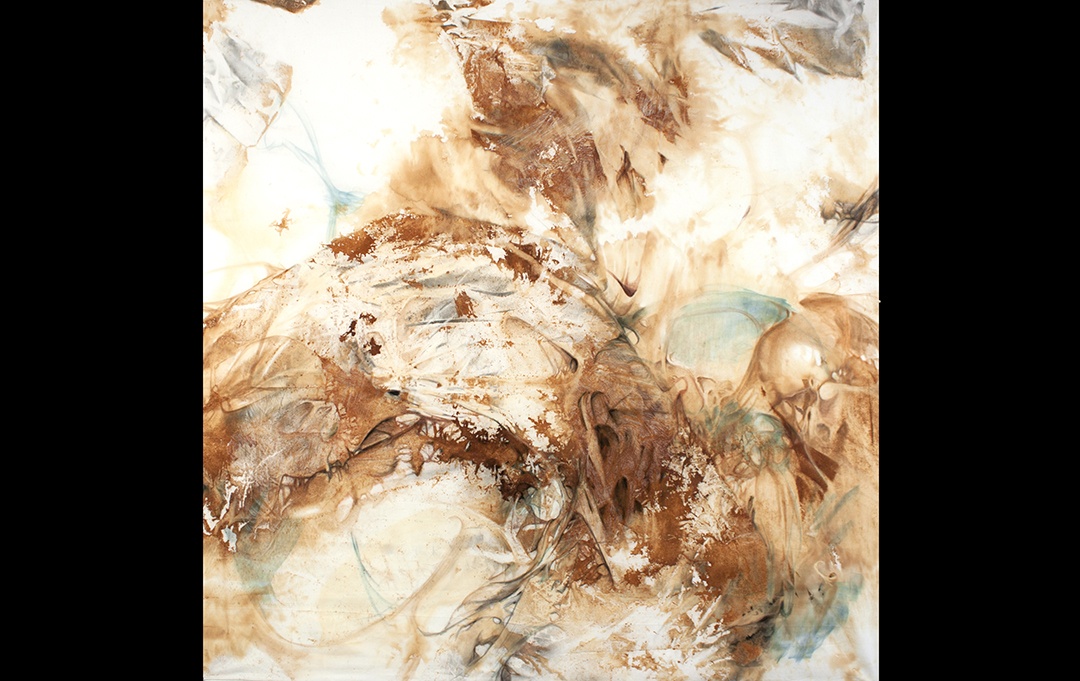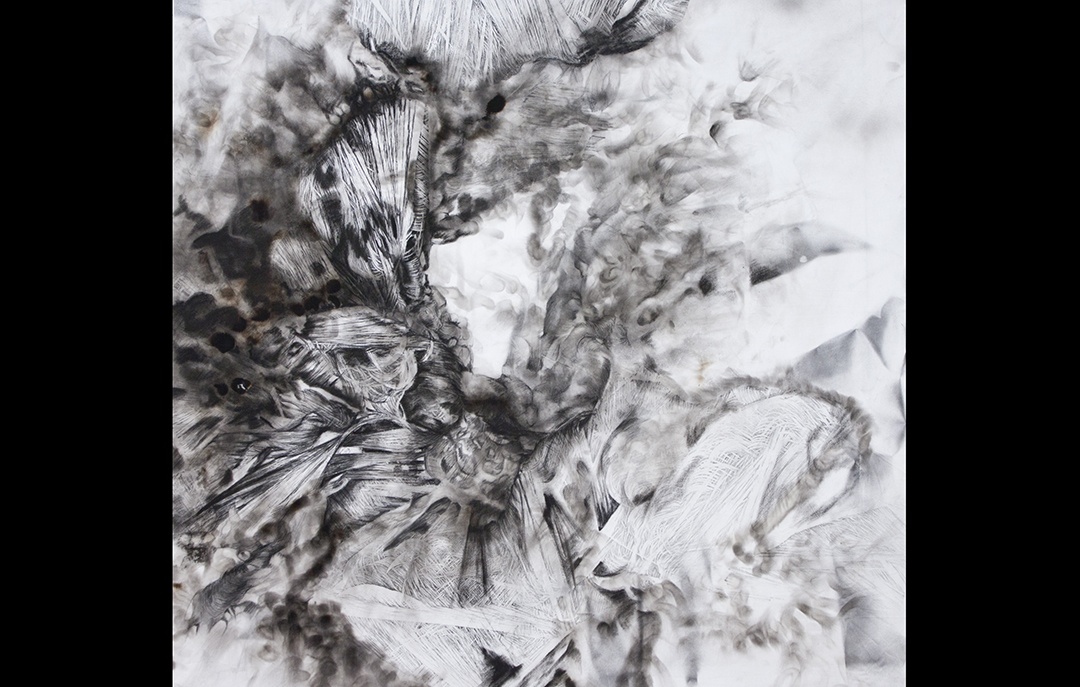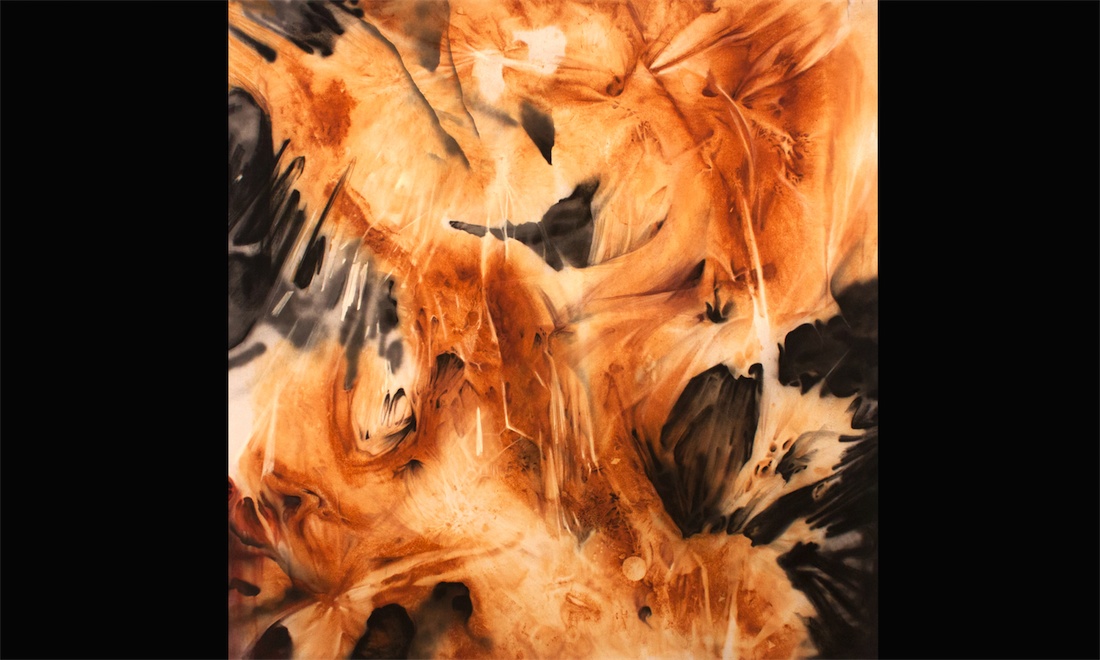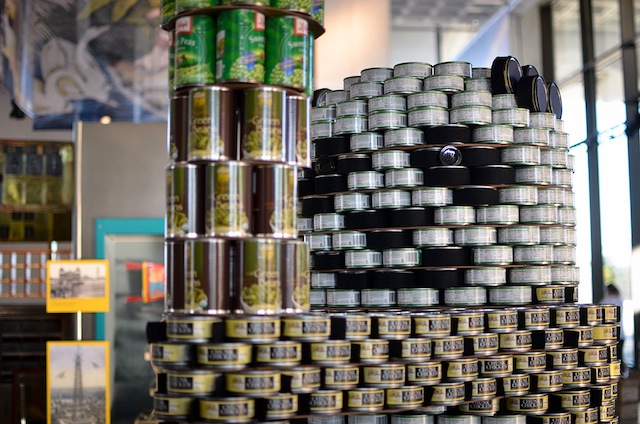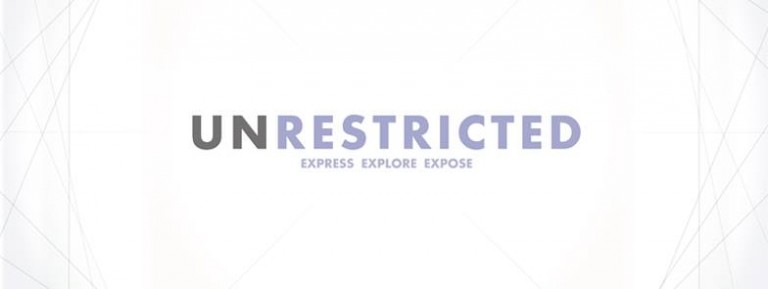Artist Spotlight: Rachel Baxter
On occasion, people will ask me for advice on how to book an art show. I have no idea why, besides the fact that I have a vested interest in local art and often attend shows in the area. I have never booked an art show, but if you ask artist Rachel Baxter, she’d most likely advise to take matters into your own hands. Tonight, Rachel’s work will be displayed at 385 Madison Ave for a pop-up show. The opening reception is from 7-10pm this evening and will feature light food and refreshments. Her work will also be on display on Saturday June 21st, from 11-4pm.
Next month, Rachel will be heading to Sitka, Alaska for a two-month long artists residency and is planning on showing the work she completes during her stay upon her return back home.
In advance of tonight’s show, Rachel took the time to share more about her artwork, her creative process and the importance of taking risks, both in art and in life. Hit the jump to check out a preview of her work and for the Q+A. Thanks Rachel!
Tell us a bit about yourself and your creative process. When did you first discover a passion for the arts? How did you get started?
I always had a passion for the arts, however when I was younger it felt more of a hobby. I drew constantly as a child without ever really giving it too much thought. I don’t think it registered as a passion or a possible career path until I was heading off to The College of Saint Rose to pursue my BFA. My time there was crucial in the development of my artistic practice and afterwards I ended up continuing on to get my Master of Fine Arts from Indiana University this past spring.
How would you describe your subject matter or the content of your work? What themes occur/reoccur in your work? What mediums do you work with?
The work comes from a very intuitive place – I usually start off by following some sort of curiosity regarding medium. I have just started wrapping up a body of work where oxidation of metals was my primary medium. I oxidize iron and copper onto fabrics saturated with salt water and vinegar solutions and allow the chemical processes to play a large role in the visual outcomes. Another example would be a technique called “fumage which is drawing with smoke – letting the soot from a flame become the mark being drawn. By no means are my materials limited to these but just to give an idea of what kind of processes I am drawn to…Typically they are things that I cannot have complete control over. I love working in ways that take some of the authority out of my hands and gives it to the techniques I’m using. I have found that this gives the work an opportunity to surprise me, which I love. The abstract results usually end up depicting a moment of transformation. They are growing or decaying, present and fading. For me, they reference the processes used to create them but also one of my biggest influences: nature. I grew up on the coast and have come to realize the impact of the constant changes that occur in a landscape like that has had on my artistic practice.
Do you like to document your process from the beginning to finished product? When does a piece feel finished to you?
I typically don’t document it from beginning to end, although I’d imagine it would be pretty interesting because work goes through some drastic changes from its genesis to completed piece. I am usually too wrapped up in the process to be pragmatic enough tell myself to pause, document, and continue.
I get asked the “when does a piece feel finished to you question a lot and I have it narrowed down into two different answers. One being that it feels done when it has become its own thing. It doesn’t need my help anymore – it can stand for itself. The second answer is that I don’t think I have ever finished a piece. I think that is an important aspect of the work. I want them to have this sense that they can continue transforming. I don’t want them to be overly described and solid. In this way they will always have this potential for becoming something more, which I think makes them more intriguing pieces than if they were entirely resolved.
What risks have you taken in your work, or any particular challenges you’ve overcome that you’d like to talk about?
I see making art as a wonderful opportunity to take risks in general. It gives us chances to try things without any guarantee that they will succeed or fail miserably. The only thing to do is put in the time and effort in order to see what happens. Outside of the creative aspect of making art – I think the biggest challenge I found myself facing was leaving the comfort of the North East (I’d only lived in CT and NY) to move to Indiana for a three year graduate program right out of undergrad. It was absolutely terrifying but ended up pushing my work and practice further than I could have otherwise. So for that I am so grateful.
What are you currently working on? What are you using as reference, listening to or reading to help inspire your art?
I have two bodies of work that I am focusing on in the studio right now. One seems to be wrapping itself up and the other is just starting to pick up momentum – it is an exciting time to be working. I find working on more than one thing helps my process from stagnating. In terms of inspiration I try to look at as much art as I can. I also really enjoy reading the artist’s own writings or interviews with them. In particular, Judy Pfaff, Sigmar Polke, Robert Irwin, James Turrell, Agnes Martin, Cia Guo-Qiang … I find even if I am not entirely partial to the visual outcome of their work (although I usually am), hearing them speaking about their experience of making art is really fascinating to me. Doing so is definitely a source of inspiration for me.
What advice has really stuck with you? What was the source? Who has taught you the most about your art?
I feel very lucky to have had a really supportive family and a handful of teachers that have been there to guide, support and advise. It is impossible for me to pinpoint one moment or person because there has been so many that are prolific.
So instead, this quote is written on a scrap of paper in my studio…
“The adventurous state of mind is a high house. To enjoy life the adventurous state of mind must be grasped and maintained. The essential of adventure is that it is a going forward into the unknown territory. The joy of adventure is unaccountable. This is the attractiveness of artwork. It is adventurous, strenuous, and joyful. – Agnes Martin

